High job demands
High job demands means high levels of physical, mental or emotional effort are needed to do the job.
It means more than sometimes ‘being a little busy’. High job demands become a hazard when severe (e.g. very high), prolonged (e.g. long term), or frequent (e.g. happens often).
High physical demands may include:
- working long hours or without enough breaks
- physically tiring tasks (e.g. lifting heavy boxes or digging trenches), or
- having too much to do in too little time.
High mental demands may include:
- not having the right skills or training for the task (e.g. junior workers given complex tasks), or
- not having systems to prevent individual errors, particularly when they may have high consequences (e.g. expecting workers to memorise complex processes and not providing written prompts).
High emotional demands may include:
- exposure to aggression, violence, harassment or bullying
- supporting people in distress (e.g. giving bad news), or
- displaying false emotions (e.g. being friendly to difficult customers).
Low job demands
Low job demands means sustained low levels of physical, mental or emotional effort are needed to do the job.
It is more than just having an occasional slow afternoon. Low job demands become a hazard when it is severe (e.g. very low demands), prolonged (e.g. long term) or frequent (e.g. happens often). For example:
- long idle periods, particularly if workers cannot do other tasks (e.g. while waiting for necessary tools)
- highly monotonous or repetitive tasks (e.g. packing products or monitoring production lines), or
- workers cannot maintain their skills (e.g. not enough role specific tasks to keep competencies).
Identifying and assessing the risks of high and low job demands
You must identify if psychosocial hazards, including high and low job demands, are present in your workplace.
- Consult workers. Workers may talk about hazards in different ways. For example, they may say they feel stressed, burnt-out, worried or unmotivated. They may raise concerns about the workload, tasks or timeframes.
- Use surveys or tools: Using surveys or tools can improve staff engagement. For example, they can allow for anonymous responses, make consultation easier for businesses which are large or who have multiple locations, allow for workers more time to consider questions, and provide greater accessibility to workers.
- Observe work and behaviours. For example, workers rushing or making a lot of mistakes may indicate job demands are too high.
- Review available information. For example, records of overtime, time off, injuries, incidents or workers’ compensation.
- Have a way for workers to report and encourage reporting. Treating workers’ concerns seriously and respectfully will help encourage reporting.
- Identify other hazards present and consider them together. Hazards can interact and combine to create new, changed or higher risks. For example, high workloads may create a higher risk if workers can’t take breaks, don’t have the right tools to do the job or workplace relationship are poor.
- Consider how long, how often and how severely workers are exposed to hazards. The longer, more often and worse the exposure to high or low job demands the higher the risk that workers may be harmed.
Controlling job demands
You must eliminate or minimise psychosocial risks so far as is reasonably practicable. For example:
- Plan non-urgent work for quieter periods.
- Have enough breaks and time between shifts.
- Find efficiencies (e.g. redesign processes to reduce double handling).
- Provide quiet spaces for workers doing mentally demanding work.
- Reduce the risk of mistakes (e.g. use IT systems to capture important information and generate reminders).
- Plan the workforce to ensure there are the right number of skilled workers to do the job.
- Schedule enough time for difficult tasks to be completed safely. New or junior workers may need more time, supervision or support.
- Increase flexibility in emotional situations (e.g. allow discretionary refunds where appropriate to avoid customer aggression).
- Train workers so they have the skills to do the job safely.
When choosing control measures you must consider all the hazards present and how they may interact and combine. For information on other hazards see psychosocial hazards.
Reviewing control measures
You must review control measures to check they are working as planned. If a control measure is not managing the job demands or is creating new risks, you must make changes.
For more information on meeting your WHS duties see our mental health page.
